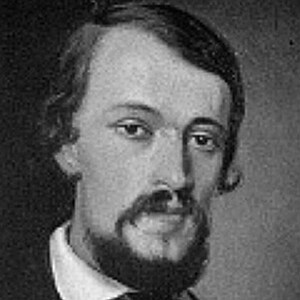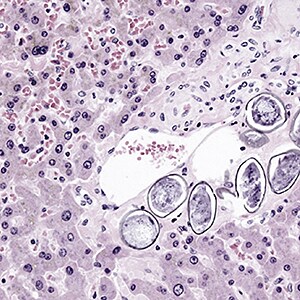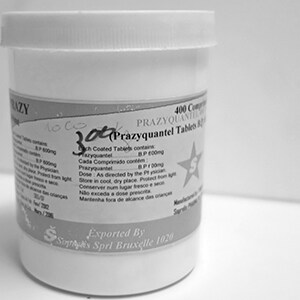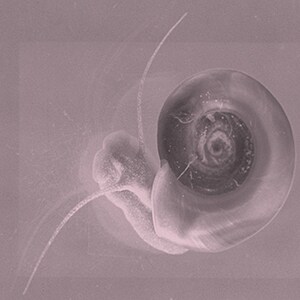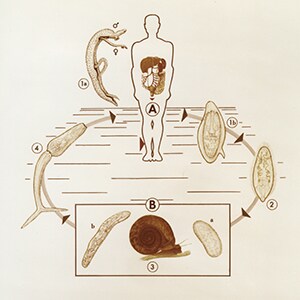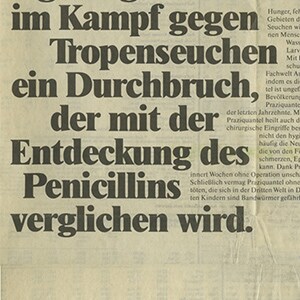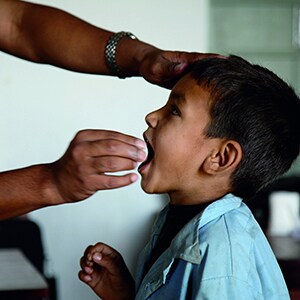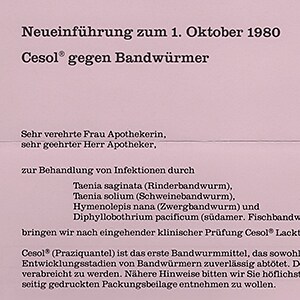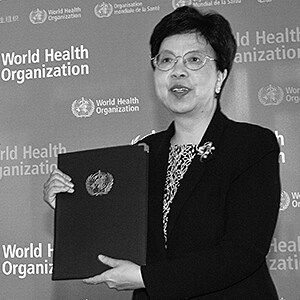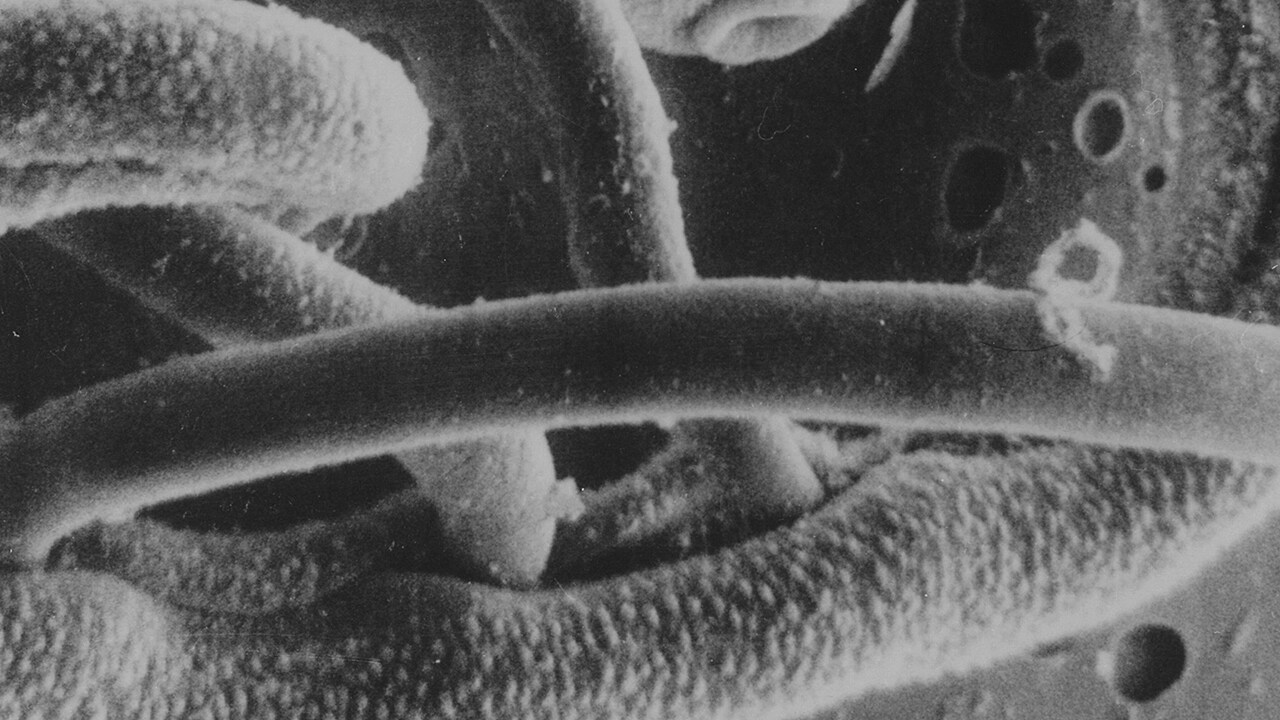
»Today, [E. Merck, Darmstadt, Germany, and Bayer] are introducing a drug of undeniably immense therapeutic value for use in developing countries.«
Jan Thesing, 1980
Schistosomiasis is the most common tropical disease in Africa after malaria, affecting primarily children. The infection leads to anemia, stunted growth and learning impairment and claims 200,000 to 300,000 lives per year in sub-Saharan Africa. Also called »bilharziasis« after its discoverer Theodor Bilharz, this condition is caused by parasitic flatworms. The worm larvae penetrate people’s skin while they are bathing or wading in water. The larvae migrate to the hepatic portal vein, grow to maturity and then spread throughout the body, attacking liver, lungs, brain, and intestines. It is the body’s response to the eggs shed by the adult female worms that cause the disease symptoms. When excreted in human urine or feces into bodies of water, they infect water snails and end up back in the human body via contaminated water.
In the 1970s and 1980s, E. Merck, Darmstadt, Germany, partners with Bayer AG, Leverkusen, to develop a medicine containing the active ingredient praziquantel. At this time, researchers at the company are exploring isoquinoline derivatives for use in developing psychiatric drugs. Research director Thesing writes, »We had synthesized a series of novel chemical structures that proved disappointing in terms of their effect. However, it seemed a good idea to then investigate whether these innovative compounds could be useful in tropical medicine. It was Bayer that discovered the agent’s antiparasitic activity. Bayer and E. Merck, Darmstadt, Germany, have co-developed this drug […]. Without exaggerating in the least, I can say this is at last the kind of help people in developing countries hope to obtain from us. Praziquantel is a compelling example of the medical, social and humanitarian work performed by the research-based pharmaceutical industry.« It thus becomes possible to treat schistosomiasis. In the early 1980s, the World Health Organization (WHO) announces its major goal of »Health for All by the Year 2000«. Praziquantel is one of the building blocks of this objective. In 1987, researchers from the two partner companies are also honored with the Prix Galien.
At this time, WHO launches a pilot project with the German Pharma Health Fund (GPHF) with a budget of DM 1.5 million. This active pharmaceutical ingredient enables the most effective therapy for schistosomiasis infections to date, which is why WHO adds it to its Model List of Essential Medicines. In 2007, the company enters into a partnership with WHO to combat schistosomiasis especially in school-age children in Africa. The initiative is known as the Merck KGaA, Darmstadt, Germany, Praziquantel Donation Program. As of 2020, the company had donated one billion praziquantel tablets. The realignment of the relationship with WHO is expected to lead to the continuation of the project in the future.
Theodor Bilharz (1825-1862) makes great scientific achievements as a physician, natural scientist and helminthologist. In 1851, he describes a flatworm whose eggs he is able to identify in the urine of infected patients. In 1856, this fluke is named »bilharzia haematobium« in his honor.
In stagnant bodies of water, the parasite larvae, known as miracidia, infect the water snails living there. Once inside this intermediate host, the miracidia mature into cercariae, which can then swim freely through the water and infect people.The schistosomiasis cycle is complete when the excrement or urine of an infected human ends up back in the water.
Praziquantel, the medicine co-developed by E. Merck, Darmstadt, Germany, and Bayer AG to treat parasitic worm infections, can be administered orally in tablet form. In addition to being suitable for adults, it is particularly well tolerated by children older than six, the group most commonly infected with the disease.

